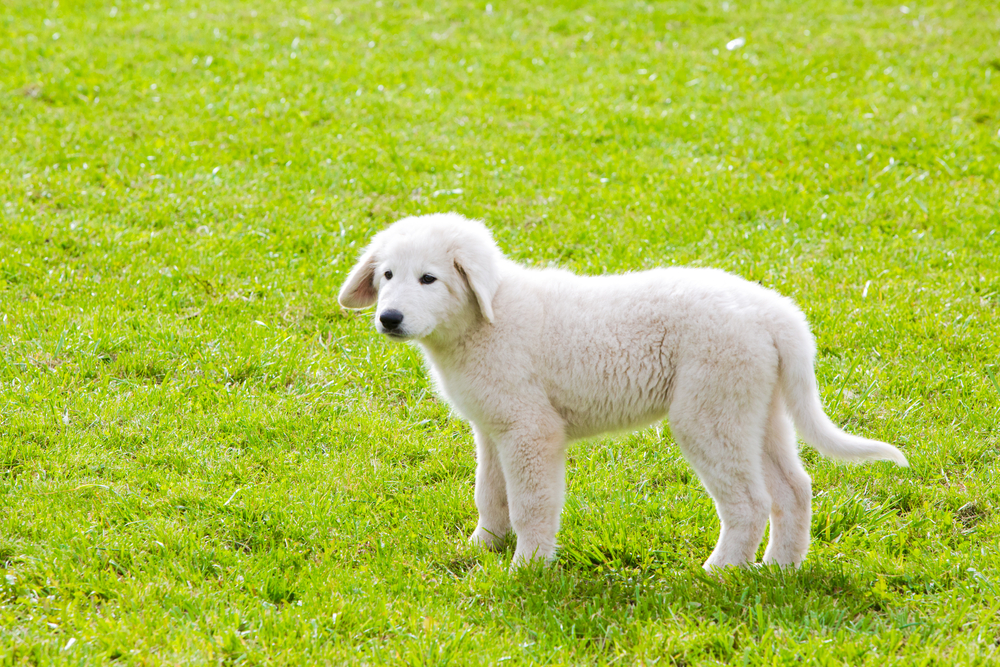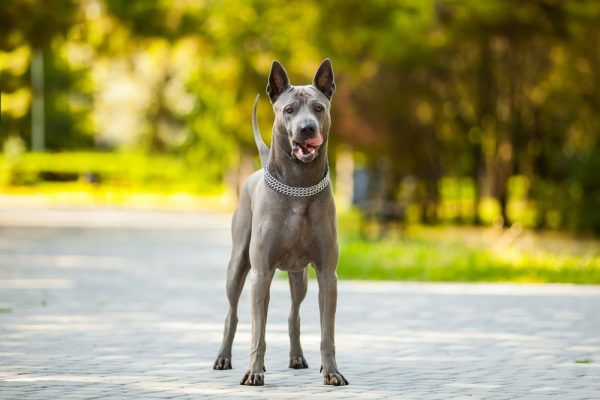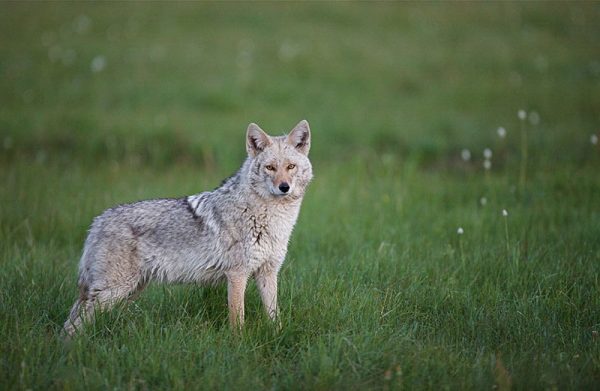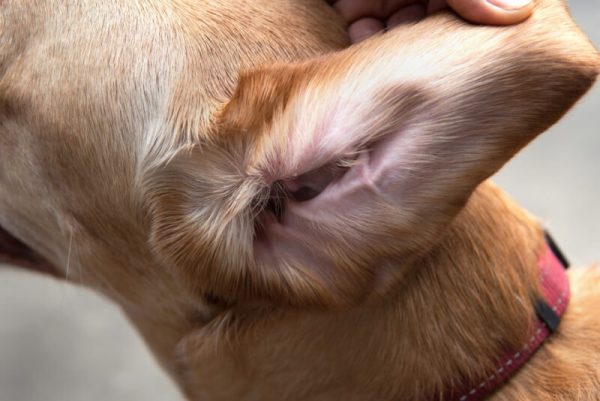In this article
View 8 More +One of the rarest breeds in the world, the Polish Tatra Sheepdog is a millennia-old working breed that assisted rural people in the mountainous regions of Poland. These calm, quiet, independent dogs are natural guardians and gentle giants, well suited to life as working dogs or companions.
With their size and independent nature, Polish Tatras aren’t ideal for every owner, however. Here’s everything you need to know before searching for a Tatra to bring home.
Breed Overview
Height:
24–28 inches
Weight:
66–99 pounds
Lifespan:
10–12 years
Colors:
White
Suitable for:
Families with kids, rural owners
Temperament:
Calm, quiet, independent
The Tatra Sheepdog, or Shepherd, is one of the five dog breeds that originated in Poland. The others are the Polish Hound, Polish Greyhound, Polish Hunting Dog, and Polish Lowland Sheepdog. They originated in the Podhale region of Poland, which is mostly pastoral land. Fortunately, this allowed a small number of these dogs to survive the destruction of World War II, leaving roughly 120 dogs eligible to show in the first dog show from the Polish Kennel Club in 1954.
Polish Tatra Sheepdog Characteristics

Polish Tatra Sheepdog Puppies

Polish Tatra Sheepdog puppies are hard to come by. Though these dogs are more distributed than in their native area, there aren’t many breeders—especially in North America. Only about 300 puppies are born each year, so you may need to get on a waitlist to get an available puppy.
Because of their rarity, you’ll unlikely find “free to good home” Tatra puppies. These dogs don’t end up in shelters and rescues very often, but the Polish Tatra Sheepdog Club of America does list rescues on their site when they’re available.
Polish Tatra Sheepdog Origin & History
The Polish Tatra Sheepdog originated in the mountainous areas of Poland. They’ve been around for several thousand years and go by other names, including Owczarek Podhalanski or Polish Mountain Sheepdog. Like other flock guardian dogs, Polish Tatra Sheepdogs are believed to have descended from the dogs brought from Asia by nomadic pastoralists.
The breed was fully recognized by the Fédération Cynologique Internationale in the 1960s. However, the American Kennel Club (AKC) doesn’t recognize this breed. There are only a few hundred dogs added to the registrations each year.

Temperament & Intelligence of the Polish Tatra Sheepdog 🧠
Polish Tatra Sheepdogs are extremely hardworking guardian dogs, but they’re gentle and patient with people and children. Though they’re calm, intelligent, and eager to please naturally, they do require socialization to overcome their strong instincts to guard and temper their independent streak.

Are These Dogs Good for Families? 🏡
Like other livestock guardian dogs, Polish Tatra Sheepdogs are gentle giants that can be trusted around children. However, with their size, it’s important to monitor interactions between the dog and children to avoid injuries. Tatras are naturally protective and may develop resource guarding with children or their things.
Does This Breed Get Along With Other Pets? 🐶 😽
Polish Tatra Sheepdogs have spent millennia around livestock, other dogs, and wildlife. They get along well with other dogs and cats with proper socialization. In their work, they are used to protect livestock only when there’s a threat, so they don’t have a high prey drive that leads them to seek out small animals or wildlife.

Things to Know When Owning a Polish Tatra Sheepdog
If you’re interested in bringing home a Polish Tatra Sheepdog, here’s everything you need to know:
Food & Diet Requirements 🦴
Polish Tatra Sheepdogs are large dogs that require high-quality food appropriate for their puppy, adult, and senior stages. To ensure their nutritional needs are being met, it may be best to give them a diet formulated for large breeds. Check with your vet about the best diet for a puppy to make sure they don’t grow too quickly and develop skeletal problems.

Exercise 🐕
Like other livestock guardians, Polish Tatras have moderate exercise needs. Though they can have high stamina, they’re accustomed to spending long periods patiently watching flocks. Long daily walks and some rigorous play sessions are often enough to keep these dogs calm and relaxed in your home.
Training 🦮
Polish Tatra Sheepdogs aim to please and are highly intelligent, but they’ve been developed over millennia to handle things on their own. They can be willful and independent, so it’s crucial to socialize them well and show consistency in training to establish boundaries. You should never use aversive methods on these gentle giants, however. Keep training focused on positive reinforcement.

Grooming ✂️
Surprisingly, Polish Tatras have simple grooming routines. Though they have thick, fluffy coats, they rarely need baths. Weekly brushing is often enough to remove their loose undercoat and keep their skin healthy. However, they do have seasonal sheds when they blow out a lot of their coat, which may require daily brushing. You should also clean their ears and trim their nails regularly.
Health and Conditions ❤️
Polish Tatra Sheepdogs are a rare breed that hasn’t seen a surge in popularity, which has led to poor breeding practices. However, the small pool of breeding stock has limited genetic diversity, so these dogs can be prone to some conditions like epilepsy, patellar luxation, and some eye problems. They’re also prone to size-related health issues like hip dysplasia, bloat, and arthritis.
- Arthritis
- Parasites
- Epilepsy
- Patellar luxation
- Bloat
- Hip dysplasia
Male vs Female
There are minimal differences between the male and female Tatra Sheepdog. The males may be a little bigger, which may make a difference with how large this breed is to begin with. Otherwise, these dogs share looks and temperament, especially if they’re spayed or neutered. Fixing them prevents a lot of problems with hormonal behaviors, reproductive health conditions, and cancers.

3 Little-Known Facts About the Polish Tatra Sheepdog
1. Polish Tatra Sheepdogs Nearly Went Extinct.
When Poland was under communist rule after World War II, Tatras nearly went extinct. However, the Fédération Cynologique Internationale worked to preserve the breed and launched a campaign to encourage breeding in the 1960s.
2. Polish Tatras Were Unknown in North America Until the 1980s
Polish Tatras are still one of the rarest breeds in the world. They didn’t arrive in North America until the 1980s, so there isn’t a robust breeding network for them. The UKC recognized the breed in 1995, but the AKC still doesn’t recognize them.
3. Polish Tatras Are More Than Just Sheepdogs
Polish Tatras are technically herding dogs, but they descended from Mastiffs and were historically used for multiple working purposes. They’re livestock guardians and herders with the hardiness to work in extreme cold and intense heat. They’ve also pulled carts and served as military, police, and guide dogs.


Final Thoughts
The Polish Tatra Sheepdog shares traits with other guardian breeds, including patience, gentleness, and independence. While they’re eager to please, their size and willfulness can be too much for novice or casual owners who can’t meet their training and exercise needs. They’re also a rare breed, so you may need to wait to get an available litter from a reputable breeder.
Featured Image Credit: PHOTOCREO Michal Bednarek, Shutterstock



















